[ExpertPhotography is supported by readers. Product links on ExpertPhotography are referral links. If you use one of these and buy something, we make a little bit of money. Need more info? See how it all works here.]
Benefits of Using Photography Reflectors for Light Control
A photography light reflector bounces existing light. And re-directs it back onto the subject. Reflectors are excellent tools for adding fill light. They can also create catch lights in portraits. And prevent a silhouette or enhance a product photo. And they are also affordable accessories. They don’t even need batteries, buttons or cords. Photography reflectors are stepping stones to introduce beginning photographers to lighting. But many pros use them for their ability to create soft, flattering light. Right next to their very expensive studio gear! There is nothing easier than using reflectors in photography. Unwrap and use it to bounce the light to where you want it to go.
How To Use Light Reflectors For Photography
1. Which Photography Reflector Should You Use
2. How to Check the Light in Your Scene: Intensity and Location
Photography light reflectors bounce back existing light. You need to determine how intense that light is and where it is coming from. This way you’ll find out how to use that light to create your image. Reflectors can bounce back any type of light. This includes studio lights, as long as there’s enough light there. Sunlight, a window or door and existing manmade lights in the scene also work. Flashes and strobes, can also work with photography reflectors. First, make sure there’s enough light to use the reflector. Camera reflectors for photographers can’t create light, so there has to be enough light to begin with. On a sunny day, I can use my reflector as a fill flash for backlighting or adding creative lighting effects. On a cloudy day, there’s not enough light to create dramatic effects. But I can still use my reflector in more subtle ways to fill in shadows. Indoors, reflectors work well with window light and alongside flashes and strobes. The direction of the light will tell you where to place the photography reflector. It has to actually bounce back the light. So first things first, note where the light is coming from. You’ll get the brightest reflected light straight across from the light source. You can use the light reflector at an angle to that original light source as well. Pop that light reflector open, and if you are using a five-in-one, choose your color. With a five-in-one reflector, you’ll also want to consider how intense the light is. When the sun is low in the sky and not as harsh, I use a silver camera reflector for portraits. Earlier in the day, try a silver reflector for photography and a bright sun. This can actually be strong enough to make a portrait subject squint. If the sun is bright and higher in the sky, I’ll use white instead.
3. How to Find the Reflective Angle
With the angle and intensity of light in mind, next find the best angle for reflecting that light. Small changes to the position of the reflector can make big changes in where the light falls. As you adjust the reflector, watch how the light changes. But where do you start? You’ll hold most photography reflectors across from the light source. But there can be some variation. There are several different positions that often work well with a reflector:
Directly across from the light source. This will reflect the most light. It’s excellent for using backlighting. Only when the light source is right behind the subject. By reflecting the light back on the subject, you will keep the subject well lit. And still leave the details in the sky intact. This is my go-to camera reflector position when shooting portraits during golden hour. That’s because of the beautiful soft lighting and catchlights. At an angle to the light source. You can’t stray too far to the side from the light source or there won’t be any light to reflect back. But you can experiment and step a bit to the side of the original light source. Adjust the angle of the reflector to direct the light towards the subject. You also don’t need to hold the reflector 90 degrees from the ground either. Try moving the top or bottom of the reflector forward to angle the light back where you need it. Parallel to the ground. Holding the reflector parallel to the light source isn’t the only option. When taking a portrait, place a reflector on the ground or have the subject hold the reflector on his or her lap. This will fill in under-eye shadows. This position isn’t as dramatic as holding the reflector right across the light source. But it can lead to a more flattering portrait by brightening up the eyes.
Where to hold the photography light reflector depends. Check where the original light source and the subject are. Across from the light source reflects the most light. But try adjusting that angle, even until the reflector is parallel to the ground. This can fix unflattering shadows.
4. What’s the Right Distance for Your Reflector
You’ve found the right position for the photography reflector. But how close should the reflector be to the subject? First you need to understand one of those universal lighting laws. The closer the light is, the softer it is. Sunlight is hard light (despite the big size) because the sun is millions of miles away. Luckily, the distance of the reflector is within your control. You need to find a position that’s not so close that the photography light reflector is in the picture. But that’s not so far that its light doesn’t even cover the entire subject. Between those two extremes, distance will lead to some subtle changes. These affect how the shadows fall off. If you bought a large reflector but want to try a look with harder light, move farther from the subject. Want that soft portrait look? Move the reflector as close as possible. You might be holding the reflector yourself. In this case, you can use different lenses to still get the desired composition. Another option is to recruit a friend to hold the photography reflector. This opens up more possibilities in the reflector’s position. Check you have the right reflector. That it’s at a flattering angle and from an appropriate distance. Now you’re ready to take the shot. Compared to a reflector-less shot, you’ll end up with an image with more pop and well-lit details. Experimentation is always a great idea whenever learning a new photography technique. Try taking several images with the photography light reflector at different angles. This is a great way to fine-tune while expanding your understanding of reflectors.
5. How to Get Creative With Reflectors
So far we’ve covered the traditional use of a light reflector as a fill or key light. But they have many more creative possibilities. Especially if you picked up a five-in-one reflector. Once you’ve mastered the basics, here are some other photography reflector tricks to try.
Flex the sides of the reflector. Most reflectors are flexible. You can adjust the angle of the light, but also bend the sides in to further shape the light. Deepen the shadows with the black “reflector.” Black absorbs light rather than reflecting it. Use this to make the shadows in the image darker by placing this black piece on the shadow side of the subject. The difference is often subtle, but helpful for creating dramatic shadows. Create your own shade with the diffuser. Sun high in the sky, without shade? Make your own using the semi-transparent white panel. To do this, hold it between the light and the subject. This only works with smaller subjects or a single person rather than a group. But it can make otherwise impossible images flattering. Reflectors can double as small backdrops. In a pinch, a reflector can also work as a small backdrop using the black or white side. Learn to look for natural reflectors. You don’t have to have a reflector to reflect light. Understanding reflectors help you recognize natural ones while out shooting. A large white brick wall or light colored cement driveway is reflective. Standing on top of black pavement is like standing on top of that black reflector. You can’t move bricks and blacktops like you can a reflector. What you can do is learn to spot good shooting spots that already have a reflector built in. Use a reflector with studio lights. With a reflector, a single studio light can create some two-light lighting set-ups. Place the reflector opposite a flash or a studio strobe. This can fill in those shadows for softer studio lighting.
Conclusion: Street Photography Quotes
In short, reflectors are a cheap gateway to photography lighting. An under-$30 photography light reflector was my introduction to lighting. With that inexpensive accessory, I learned how to work with backlighting. And how to create catchlights and creative lighting effects. I now have two off camera flashes to create those same effects. And yet, I often still dig out my reflector. A reflector will bounce back natural light. This makes it easy to match the fill light with the rest of the light in the scene, no buttons and dials necessary. A large reflector will also create a soft light that works great for portraits. It’s also useful in product photos and many other types of photo shoots. For beginners, photography reflectors are excellent introductions to creative photography lighting. We have a great tutorial on how to create a DIY Lightbox you should check out too! And check out this video on using a reflector for professional photography.
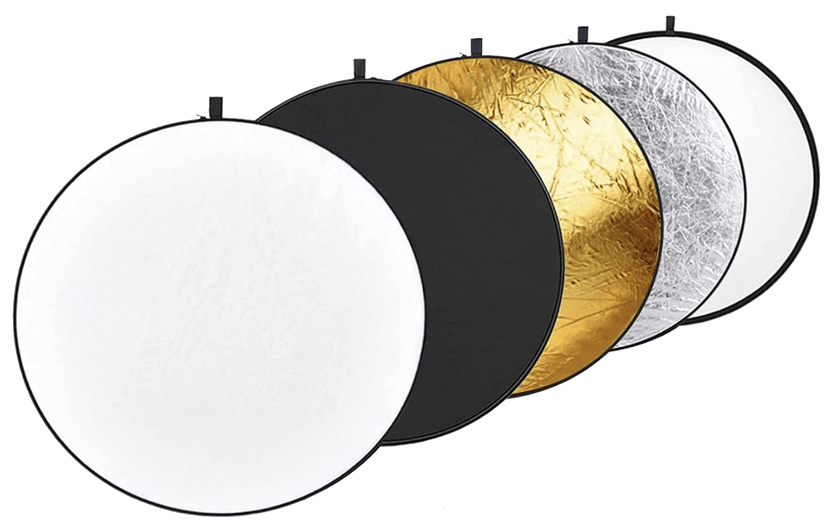

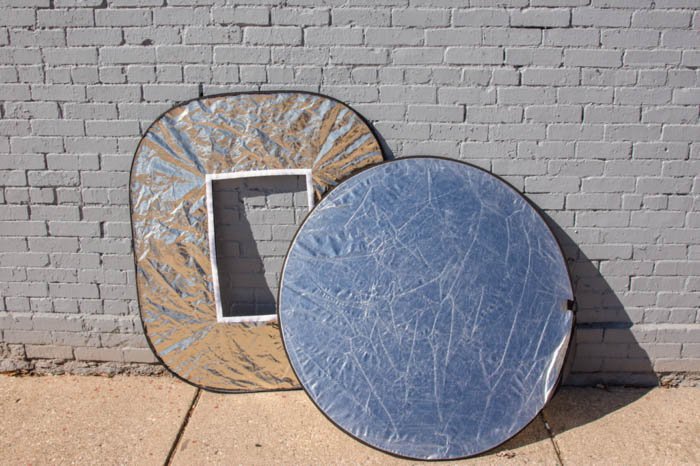
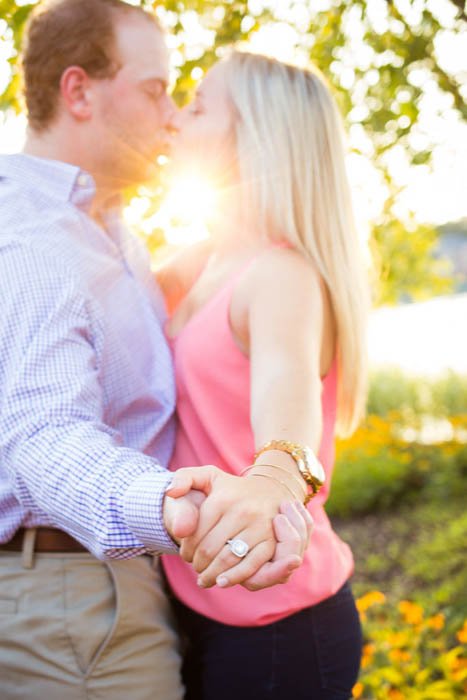
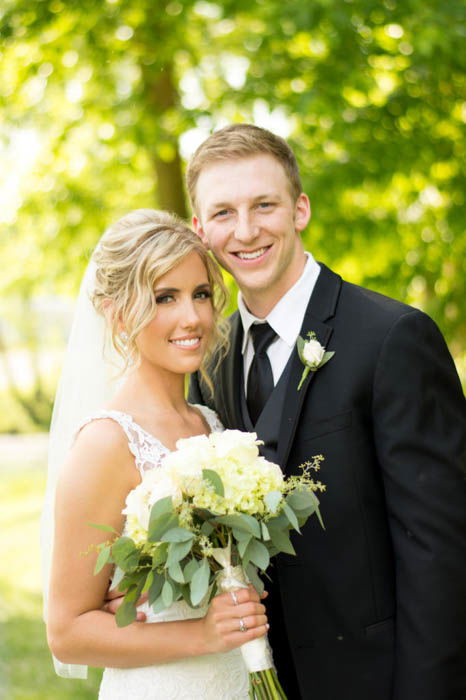
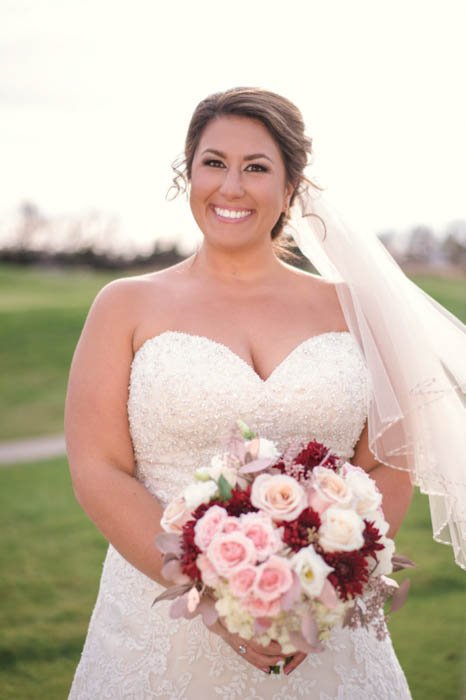
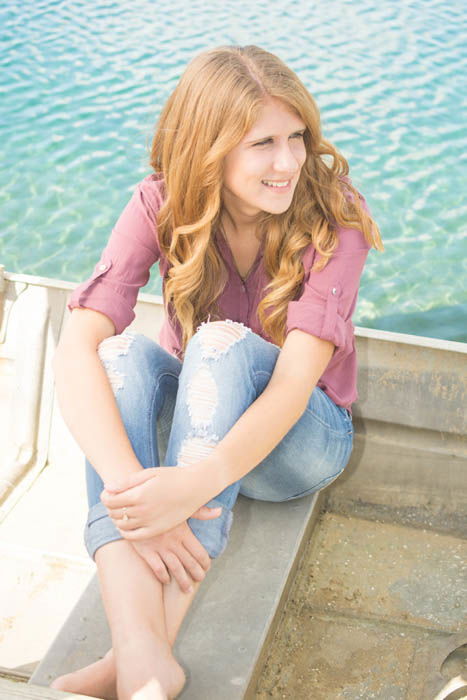


title: “How To Use A Photography Reflector For Perfect Lighting” ShowToc: true date: “2023-02-18” author: “Lisa Brown”
[ExpertPhotography is supported by readers. Product links on ExpertPhotography are referral links. If you use one of these and buy something, we make a little bit of money. Need more info? See how it all works here.]
Benefits of Using Photography Reflectors for Light Control
A photography light reflector bounces existing light. And re-directs it back onto the subject. Reflectors are excellent tools for adding fill light. They can also create catch lights in portraits. And prevent a silhouette or enhance a product photo. And they are also affordable accessories. They don’t even need batteries, buttons or cords. Photography reflectors are stepping stones to introduce beginning photographers to lighting. But many pros use them for their ability to create soft, flattering light. Right next to their very expensive studio gear! There is nothing easier than using reflectors in photography. Unwrap and use it to bounce the light to where you want it to go.
How To Use Light Reflectors For Photography
1. Which Photography Reflector Should You Use
2. How to Check the Light in Your Scene: Intensity and Location
Photography light reflectors bounce back existing light. You need to determine how intense that light is and where it is coming from. This way you’ll find out how to use that light to create your image. Reflectors can bounce back any type of light. This includes studio lights, as long as there’s enough light there. Sunlight, a window or door and existing manmade lights in the scene also work. Flashes and strobes, can also work with photography reflectors. First, make sure there’s enough light to use the reflector. Camera reflectors for photographers can’t create light, so there has to be enough light to begin with. On a sunny day, I can use my reflector as a fill flash for backlighting or adding creative lighting effects. On a cloudy day, there’s not enough light to create dramatic effects. But I can still use my reflector in more subtle ways to fill in shadows. Indoors, reflectors work well with window light and alongside flashes and strobes. The direction of the light will tell you where to place the photography reflector. It has to actually bounce back the light. So first things first, note where the light is coming from. You’ll get the brightest reflected light straight across from the light source. You can use the light reflector at an angle to that original light source as well. Pop that light reflector open, and if you are using a five-in-one, choose your color. With a five-in-one reflector, you’ll also want to consider how intense the light is. When the sun is low in the sky and not as harsh, I use a silver camera reflector for portraits. Earlier in the day, try a silver reflector for photography and a bright sun. This can actually be strong enough to make a portrait subject squint. If the sun is bright and higher in the sky, I’ll use white instead.
3. How to Find the Reflective Angle
With the angle and intensity of light in mind, next find the best angle for reflecting that light. Small changes to the position of the reflector can make big changes in where the light falls. As you adjust the reflector, watch how the light changes. But where do you start? You’ll hold most photography reflectors across from the light source. But there can be some variation. There are several different positions that often work well with a reflector:
Directly across from the light source. This will reflect the most light. It’s excellent for using backlighting. Only when the light source is right behind the subject. By reflecting the light back on the subject, you will keep the subject well lit. And still leave the details in the sky intact. This is my go-to camera reflector position when shooting portraits during golden hour. That’s because of the beautiful soft lighting and catchlights. At an angle to the light source. You can’t stray too far to the side from the light source or there won’t be any light to reflect back. But you can experiment and step a bit to the side of the original light source. Adjust the angle of the reflector to direct the light towards the subject. You also don’t need to hold the reflector 90 degrees from the ground either. Try moving the top or bottom of the reflector forward to angle the light back where you need it. Parallel to the ground. Holding the reflector parallel to the light source isn’t the only option. When taking a portrait, place a reflector on the ground or have the subject hold the reflector on his or her lap. This will fill in under-eye shadows. This position isn’t as dramatic as holding the reflector right across the light source. But it can lead to a more flattering portrait by brightening up the eyes.
Where to hold the photography light reflector depends. Check where the original light source and the subject are. Across from the light source reflects the most light. But try adjusting that angle, even until the reflector is parallel to the ground. This can fix unflattering shadows.
4. What’s the Right Distance for Your Reflector
You’ve found the right position for the photography reflector. But how close should the reflector be to the subject? First you need to understand one of those universal lighting laws. The closer the light is, the softer it is. Sunlight is hard light (despite the big size) because the sun is millions of miles away. Luckily, the distance of the reflector is within your control. You need to find a position that’s not so close that the photography light reflector is in the picture. But that’s not so far that its light doesn’t even cover the entire subject. Between those two extremes, distance will lead to some subtle changes. These affect how the shadows fall off. If you bought a large reflector but want to try a look with harder light, move farther from the subject. Want that soft portrait look? Move the reflector as close as possible. You might be holding the reflector yourself. In this case, you can use different lenses to still get the desired composition. Another option is to recruit a friend to hold the photography reflector. This opens up more possibilities in the reflector’s position. Check you have the right reflector. That it’s at a flattering angle and from an appropriate distance. Now you’re ready to take the shot. Compared to a reflector-less shot, you’ll end up with an image with more pop and well-lit details. Experimentation is always a great idea whenever learning a new photography technique. Try taking several images with the photography light reflector at different angles. This is a great way to fine-tune while expanding your understanding of reflectors.
5. How to Get Creative With Reflectors
So far we’ve covered the traditional use of a light reflector as a fill or key light. But they have many more creative possibilities. Especially if you picked up a five-in-one reflector. Once you’ve mastered the basics, here are some other photography reflector tricks to try.
Flex the sides of the reflector. Most reflectors are flexible. You can adjust the angle of the light, but also bend the sides in to further shape the light. Deepen the shadows with the black “reflector.” Black absorbs light rather than reflecting it. Use this to make the shadows in the image darker by placing this black piece on the shadow side of the subject. The difference is often subtle, but helpful for creating dramatic shadows. Create your own shade with the diffuser. Sun high in the sky, without shade? Make your own using the semi-transparent white panel. To do this, hold it between the light and the subject. This only works with smaller subjects or a single person rather than a group. But it can make otherwise impossible images flattering. Reflectors can double as small backdrops. In a pinch, a reflector can also work as a small backdrop using the black or white side. Learn to look for natural reflectors. You don’t have to have a reflector to reflect light. Understanding reflectors help you recognize natural ones while out shooting. A large white brick wall or light colored cement driveway is reflective. Standing on top of black pavement is like standing on top of that black reflector. You can’t move bricks and blacktops like you can a reflector. What you can do is learn to spot good shooting spots that already have a reflector built in. Use a reflector with studio lights. With a reflector, a single studio light can create some two-light lighting set-ups. Place the reflector opposite a flash or a studio strobe. This can fill in those shadows for softer studio lighting.
Conclusion: Street Photography Quotes
In short, reflectors are a cheap gateway to photography lighting. An under-$30 photography light reflector was my introduction to lighting. With that inexpensive accessory, I learned how to work with backlighting. And how to create catchlights and creative lighting effects. I now have two off camera flashes to create those same effects. And yet, I often still dig out my reflector. A reflector will bounce back natural light. This makes it easy to match the fill light with the rest of the light in the scene, no buttons and dials necessary. A large reflector will also create a soft light that works great for portraits. It’s also useful in product photos and many other types of photo shoots. For beginners, photography reflectors are excellent introductions to creative photography lighting. We have a great tutorial on how to create a DIY Lightbox you should check out too! And check out this video on using a reflector for professional photography.








